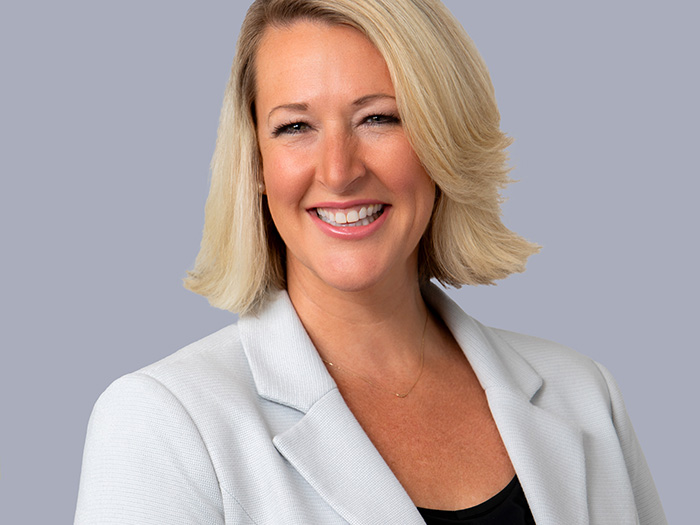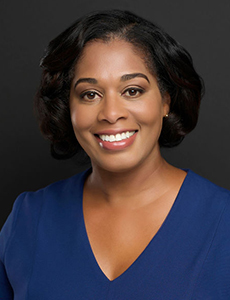Risk Insider: Robert Rheel
Keeping Wholesale Distribution Relevant
Change is inevitable — particularly in insurance.
New risks emerge, the marketplace changes and insurance products evolve to meet ever-changing customer needs. Yet distribution channels — wholesale in particular — have remained largely unchanged. Does this distribution channel need to catch up and modernize?
I believe wholesalers provide real value to specialty insurance carriers and retail insurance agents and brokers. But the wholesale distribution channel desperately needs to evolve with a focus on innovation, the development of new products to meet changing customer demands, and the delivery of complex risk expertise, knowledge and access to the specialty market that only they can provide to large segments of our business.
What is driving this need for change?
Wholesalers account for 70 percent of the surplus lines premium placed, with surplus lines growing faster in recent years than standard commercial lines at 11.8 percent vs 4.3 percent in 2012 (AM Best Surplus Lines Report). But today, the wholesale market is under increased pressure.
First, current market conditions are driving business to E&S (excess and surplus lines) from standard markets, a trend that I see accelerating, as standard lines are non-renewing more complex and specialty risks.
Second, there is an increased squeeze on wholesalers from retailers and carriers. Retailers are looking for a greater share of revenue by reducing the use of wholesalers or consolidating the number of wholesalers they use in the placement process. And carriers are seeking higher underwriting profits to make up for lower investment income in this interest rate environment.
And lastly, consolidation affects the market with the number of wholesale branch offices down 10% in recent years (AM Best Surplus Lines Report). Fewer players could cause a competitive disadvantage and potentially limit market access and overall placement success.
What would an evolved wholesale model look like?
I see today’s wholesaler morphing into a specialty products channel. In this new model, wholesalers would continue to develop expertise in specialty segments that retail brokers and customers would value.
There are four major benefits of this model:
1) Reduced Costs: For smaller retailers, they would not have to invest in specialty lines placement expertise and for specialty insurers, they can reduce costs by utilizing a targeted distribution footprint
2) Increased Access: It would provide smaller retailers better access to specialty carriers. It would also provide greater access to global capital markets and global insurance capital to provide stable, innovative solutions for both retailers and customers
3) Improved Placement and Distribution: It would create more efficient and effective distribution of specialty products by aggregating retailers to give carriers better access to a wider number of brokers. It would also improve and position appetites of specialty carriers to solicit a changing mix of business with more non-E&S business.
4) Additional Business: It would open new E&S business for wholesalers.
I believe the wholesale distribution channel brings great value — but it needs to evolve with the changing insurance industry. The wholesale channel needs to become the specialty products channel.
Company Disclaimer: The above article/opinion reflects the opinion of the author and does not necessarily represent Aspen’s views. The article reflects the opinion of the author at the time it was written taking into account market, regulatory and other conditions at the time of writing which may change over time. Aspen does not undertake a duty to update these articles.










